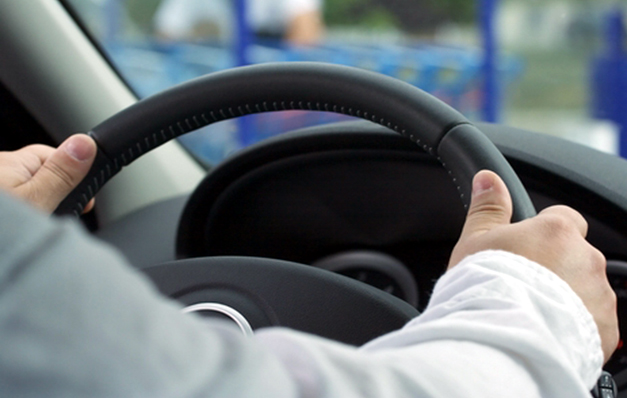Step 1: Do your homework
- You should do your research and know exactly what models you are potentially interested in before stepping into the dealership; do not let the salesperson talk you into getting a car that is not right for you. Consider what your needs are, what qualities or features you're looking for, and what your price range is. Make a descending list of your "must-haves" and your "preferred/optionals."
Step 2: Get acquainted
- Bring both your driver's license and insurance with you to the dealership, since they will want to make copies. Be sure to get both back before you leave for the test drive.
- Bring a friend, family member, or significant other with you for an outside opinion. If the new car is to be a family car, be sure to bring your family as well, so you know how the new car would function with kids in the backseat.
- Drive your potential candidates back-to-back so you can accurately compare them.
- Some tips to determine fit:
- Comfortable seats?
- Enough head, hip leg room, both in the front and back seats?
- Easy entry and exit?
- Fit, finish, and general build quality?
Step 3: Take it for a spin
- Take your time. Allow at least half an hour and drive on all kinds of roads, ideally not just the salesperson's predetermined route. Your test drive should match your driving requirements: will you be driving on hills, highways, locally, et cetera?
- Turn off the stereo so you can pay attention to the sound of the engine and the driving experience.
- What to look for:
- The engine should be cold before you start. If it is hot, there may be a starting problem. When driving, it should be quiet and pull smoothly, with no smoke. Listen for unusual noises, especially from the suspension, or excessive wind noise.
- Steering should be responsive with no vibration, and brakes should be smooth.
- How is the acceleration and passing acceleration (pay attention to downshifting).
- Is it capable of climbing hills with relative ease?
- When cornering, does it hug the road or wallow about?
- How is the visibility (using the rear and side view mirrors)?
- Are the controls and instruments easy to reach/use?
- How is parking - is it easy to parallel park, are there big blind spots, is it easy to maneuver?
Always take the time to reflect on the vehicles and determine which suits you best. Put yourself in control of the test drive. While this level of preparation may not guarantee your absolute perfect car, it is due diligence for a major purchase and one you will certainly not regret.
Picture courtesy: http://www.theautochannel.com/news/2011/07/08/539880-so-cal-ride-and-drive-new-car-show-test-drive.2-lg.jpg

